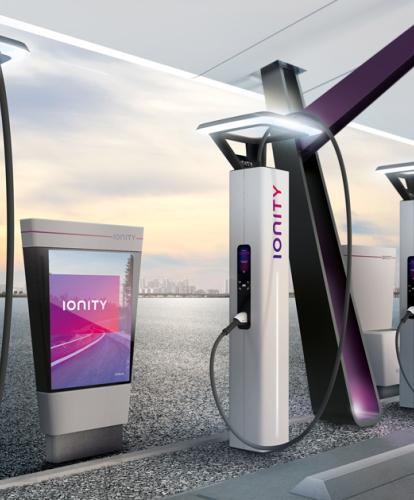As the UK’s EV market goes from strength to strength, so to does its supporting infrastructure. 2018 proved a crucial year for EV charging, and 2019 is set to continue on the good work carried out during the previous 12 months.
So what can we expect to see as EV drivers – or potential EV drivers – in terms of charging, both at home and on the road? Zap-Map walks you through a few key elements to the EV charging industry that you can expect in 2019.
Faster charging
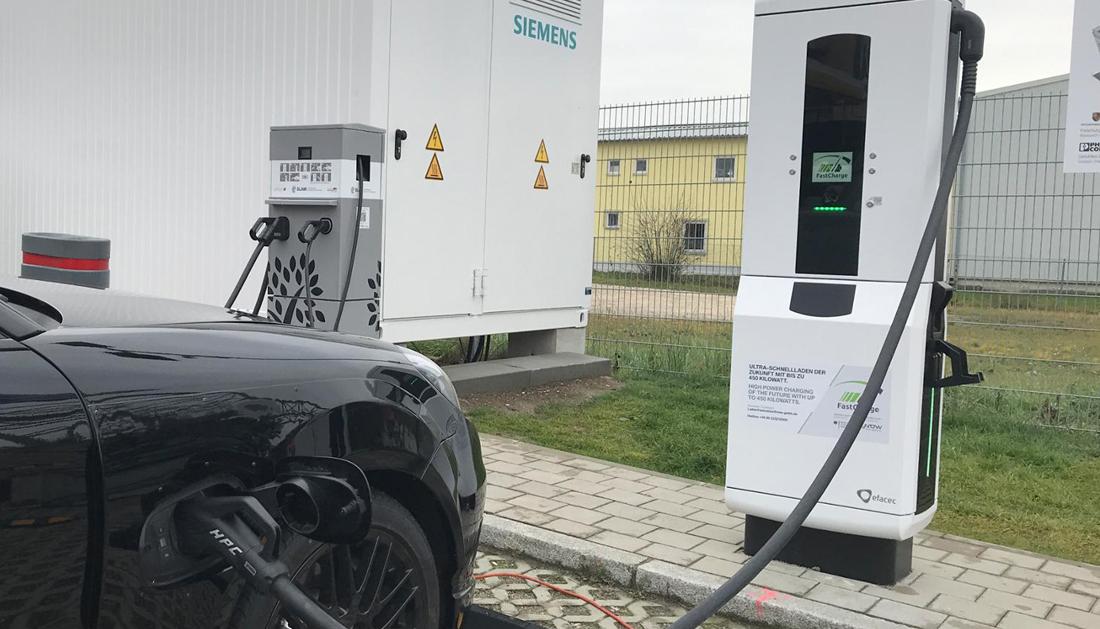
Ultra-rapid public charge points are a-coming. Yes, there are a few already in the UK, but we are talking about a handful of units able to charge at more than 50 kW – for those non-Tesla drivers that is, who don’t have access to the Supercharger network.
The good news is that 100 kW units are already being installed, and there are plans for 150 kW ultra-rapids on their way, effectively becoming the new ‘standard’ rapid charge point. Not only does this offer access to charging speeds three times that currently available UK-wide, but there is also the promise that pan-Europe network Ionity is arriving in the UK in 2019, bringing with it its 350 kW CCS chargers.
Future-proofing the network for the foreseeable future, a 350 kW charge point will be able to top up an EV with a 100 kW battery in just 10 minutes, should the car be able to accept this level of power. Most don’t (yet), but the Porsche Taycan is due in 2019 and will have 350 kW charging capability.
In the shorter-term, the 150 kW units mean that drivers of the newest generation of EVs can make maximum use of public rapid charging. The likes of the Hyundai Kona Electric, Jaguar I-Pace, and forthcoming Audi e-tron, Mercedes Benz EQC and Kia e-Niro can all charge at between 100 kW and 150 kW, depending on the model. Having charge points that can provide this level of charge is an important step in reducing the charging times for these models fitted with larger batteries.
More chargers
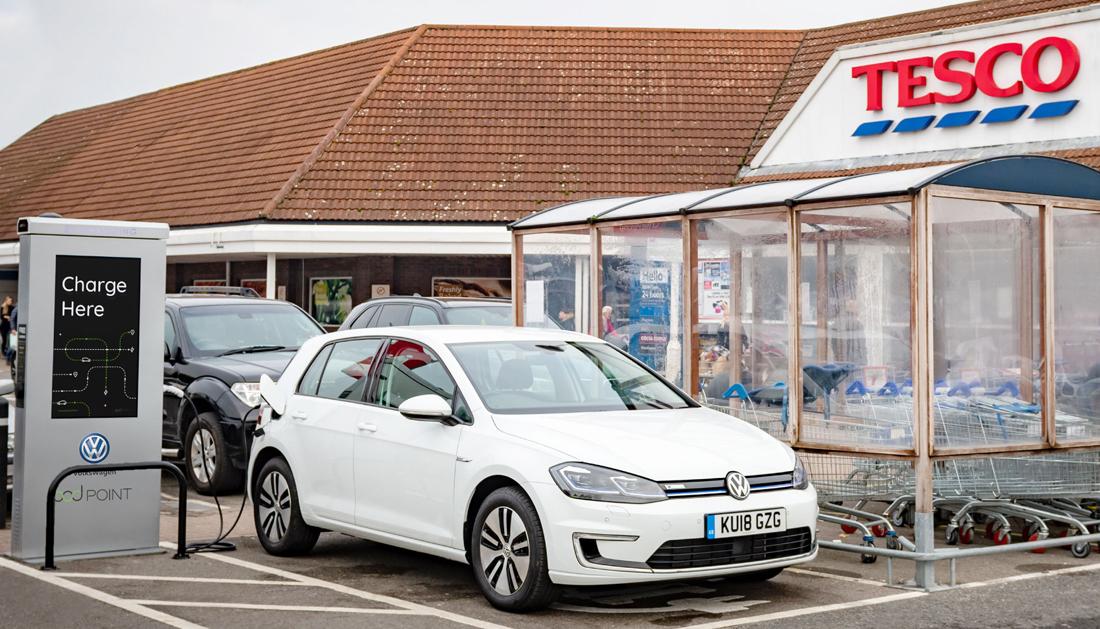
2018 saw a record number of charge points added to Zap-Map, for all three categories – Rapid, Fast, and Slow. This year will see the fulfilment of a number of promises made by various networks, as they look to take public charge point numbers to a new level.
The likes of BP Chargemaster, Pod Point, Electric Highway, InstaVolt, GeniePoint, and Engenie have all committed to expanding their networks going forward, with 150 kW chargers a regular occurrence within the respective press releases. Crucially, there are a number of deals that have been announced which look to expand into areas currently under-served by public EV charge points, with petrol station forecourts, and supermarkets the headliners.
Pod Point has teamed up with Tesco and VW for example to install a large number of charge points at large Tesco stores, BP’s recent acquisition of Chargemaster will see increased numbers units from the UK’s largest public charging network at filling stations, and GeniePoint has a deal with the Motor Fuels Group which will see the number of installations gather pace in 2019. InstaVolt has been one of the fastest growing networks in 2018, and there’s no reason to see that trend slow this year, while ChargePlace Scotland has a number of plans, including to add EV charge points along the A9 – a key route within the country.
Charging hubs
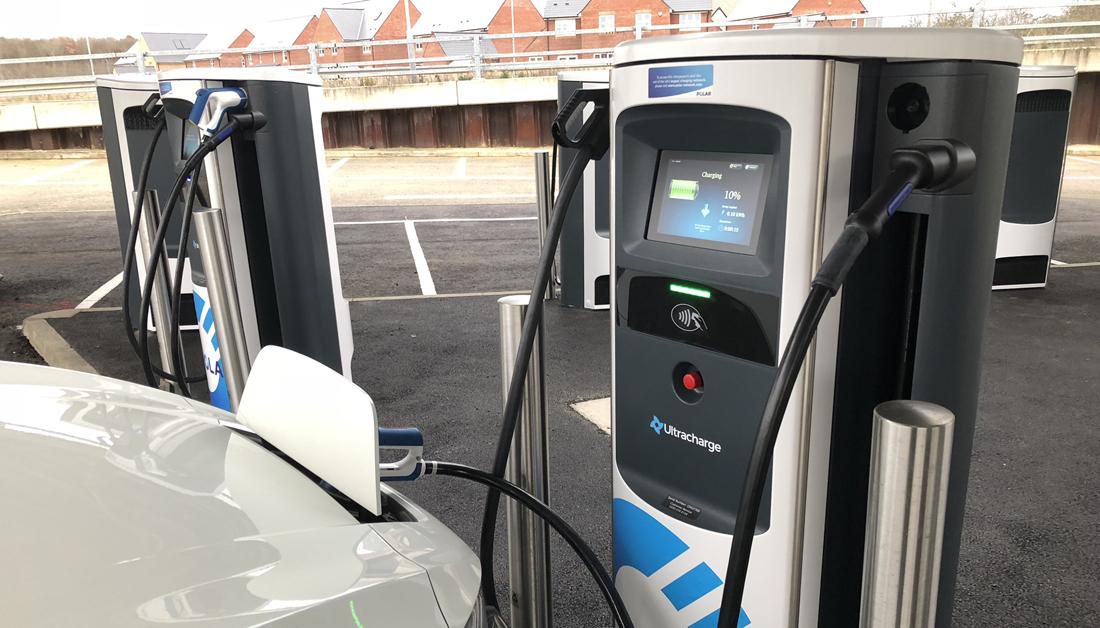
The EV charging infrastructure in the UK is relatively well spread-out, though we are well aware that there can ‘always be more charge points’, and there are certain areas woefully under-served. One of the next stages in infrastructure development, alongside faster chargers, is ensuring there are enough charge points at key locations – and thus the ‘charging hub‘ is born.
To its credit, Tesla has been doing this for years now, installing a large number of its Superchargers at every site, so that it is an uncommon and unlucky experience to arrive somewhere and find that all the chargers are either full or out of service. For the rest of the UK’s EV driving population, most of the time there is still a need to have a back-up charging location, in case the point you are aiming for is being used or is broken.
Charging hubs look to solve this problem, and there are a few already in existence in Milton Keynes and Dundee. It’s something that will appear on Zap-Map more and more in 2019, with charging hubs offering EV drivers a large number of points, plus – ideally – facilities where they can wait comfortably. The next 12 months are likely to see a large number of EV charging hubs come into existence.
Smarter charging
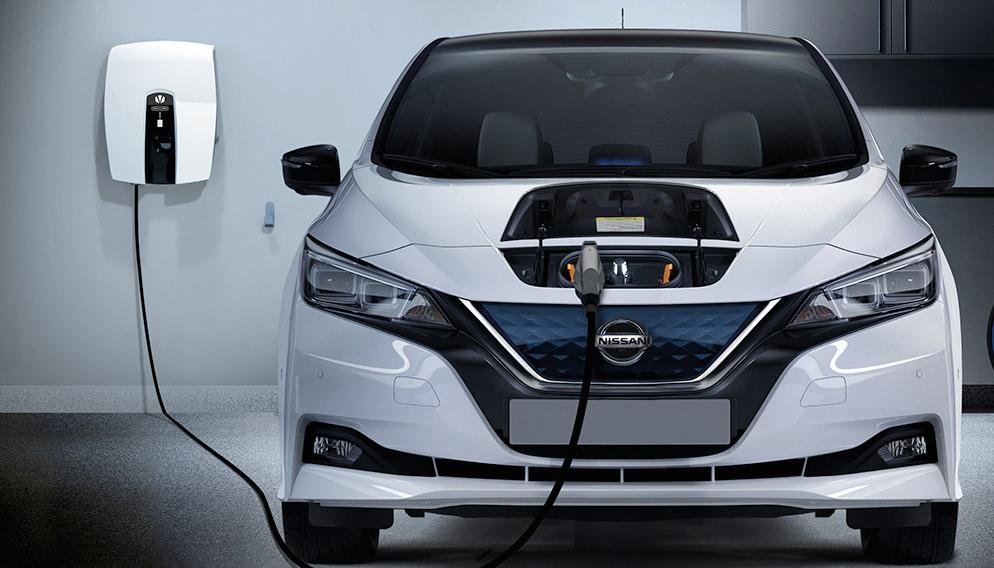
The UK government has announced that all newly installed home charge points from July 2019 must be smart. This means that they will be able to be remotely accessed, and capable of both sending and receiving signals, with the aim being to reduce the load on the National Grid as EV uptake increases.
With more charge points comes a greater demand for electricity. However, there is already a good level of capacity in the UK grid, it’s just not there at peak times. By being able to charge smarter, at off-peak times, the UK’s electricity infrastructure can largely cope with the extra demand placed on it by EV drivers without significant investment.
Linked to smarter charging is V2G – vehicle to grid – charging. This will see certain EVs able to feed electricity back into a home, workplace, or grid, when demand is at its highest, before then charging at off-peak times during the day or night. Using an EV as a portable energy storage system means that it may be able to make users’ money, plus offers a solution to a potential problem it presents.
Easier-access charging
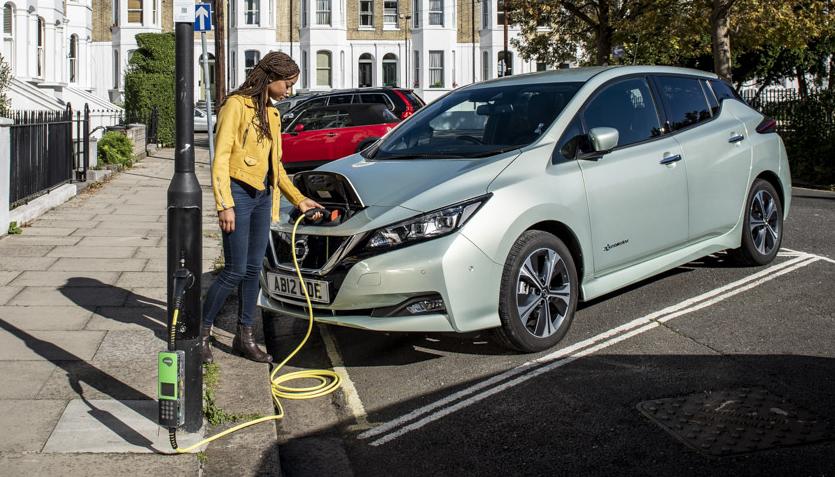
Increasing numbers of charge points will be more easily accessed in 2019, with features like contactless bank card payments being rolled out, and lamppost chargers designed for those urban EV owners without off-street parking.
One of the biggest hurdles for potential EV drivers is the option to charge at home when they have no off-street parking, something lamppost- or column-based residential charge points looks to address. By being able to plug-in where they usually park up on-street at night, they can benefit from the same EV charging habits as other EV drivers, those with off-street parking.
Contactless access and payment is a key development too. Some networks rely solely on it already, and others have a number of contactless-enabled charge points already available. 2019 will see a large increase in that number though, enabling EV drivers to turn up, access, and pay for their charge without first registering with a network – just as they do at a petrol station with conventionally-fuelled cars.
